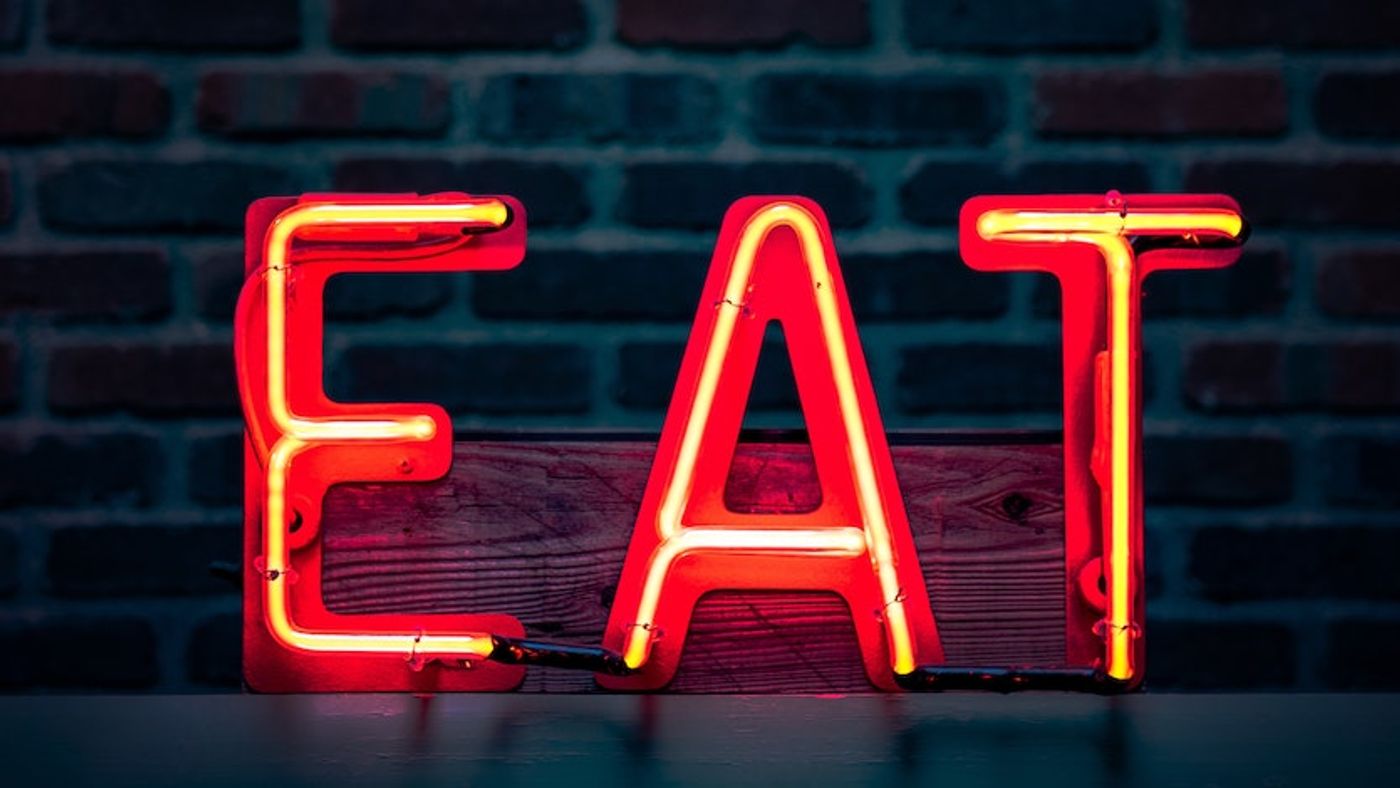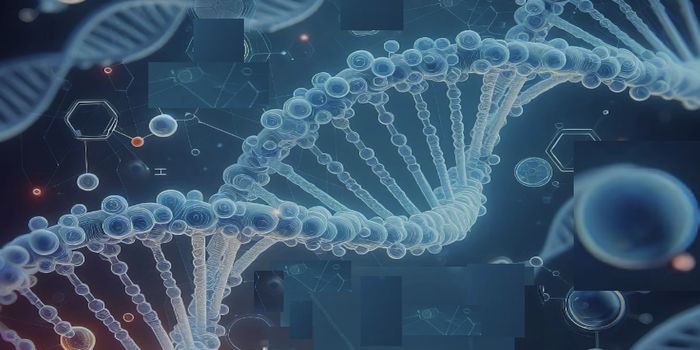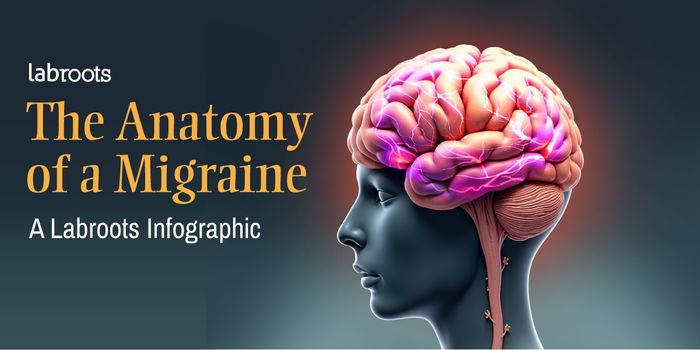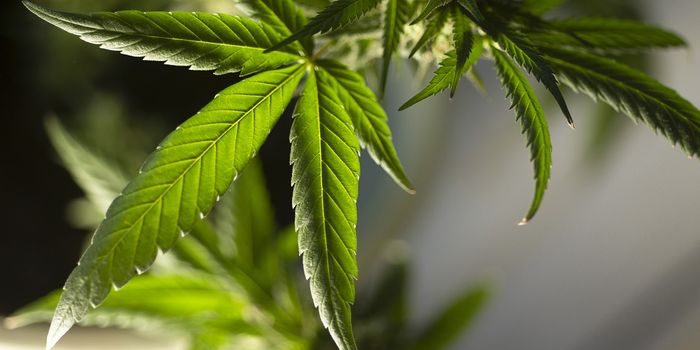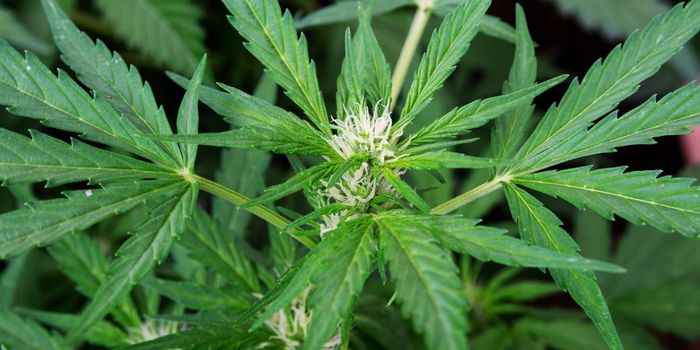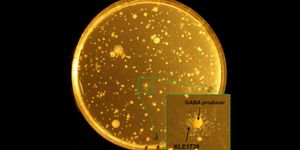When most people think "hippocampus", they usually think "learning and memory" (alternatively, they can also think "what?"). Most people (in the know) are correct to think of memory when we discuss the hippocampus. The hippocampus has long been known to participate in memory, especially short-term memory. It is also known for its function in storing new memories in the cerebral cortex. It is also very important for learning new environments (think, how do I get from A to B?). However, a recently published article in the Journal of Neuroscience has recently found a new function: taste.
Photo source: pexels.com
Drs. Donald Katz and Shantanu Jadhav, along with colleagues from Brandeis University, tested the hypothesis that, if the place of food is so important to remember (which they assume is a given), then there should be cells within the hippocampus that respond to both taste and location. To examine this possibility, they recorded from individual neurons within the hippocampi of rats as they were given a battery of tastes in different locations. They found a small proportion of hippocampal cells that responded to tastes. A subset of these cells were also "place cells", which fire when an animal is in a specific place.
We have already known that the hippocampus has connections with taste areas within the cerebral cortex. Furthermore, the hippocampus is necessary for taste discrimination. So we knew that the hippocampus was involved in taste memory, however, this new data suggests that hippocampus itself can process both taste and spatial location memory with the same neurons within the hippocampus. The suggests an efficient neural mechanism to help animals remember and find their way back to locations where they previously found food.
Photo source: pexels.com
What is really interesting about this study is the timing at which these neural signals emerged compared to other areas in the brain. Brain regions responsible for alertness and emotional regulation, such as the lateral hypothalamus and the amygdala, respectively, may process the taste signal first to determine its relevance. In other words, does this taste good or bad?
Interestingly, these neurons in the hippocampus were also able to differentiate between good and bad tastes. This suggests that the hippocampus may be connecting the palatability of the taste with the location, not necessarily its particular taste properties. This incorporation of taste responses with location information may help animals use past experiences to find food sources.
The hippocampus is the main gate into the brain's learning and memory system. But the information that the brain stores is sensory first. How does the hippocampus bind these sensory properties with spatial location? This study suggests for the first time that tastes are actually encoded in the hippocampus, but only its emotional valence. Whether or not a taste is palatable is determined by areas such as the amygdala, which then sends its information to the hippocampus to be connected to a particular location. Because it is not just important to know where a food source is, but also which food source is better.
Sources: en.wikipedia.org/wiki/Hippocampus, Journal of Neuroscience, Journal of Physiology, Paris, Journal of Neuroscience, Brain Cognition, www.EurikaAlert.org
